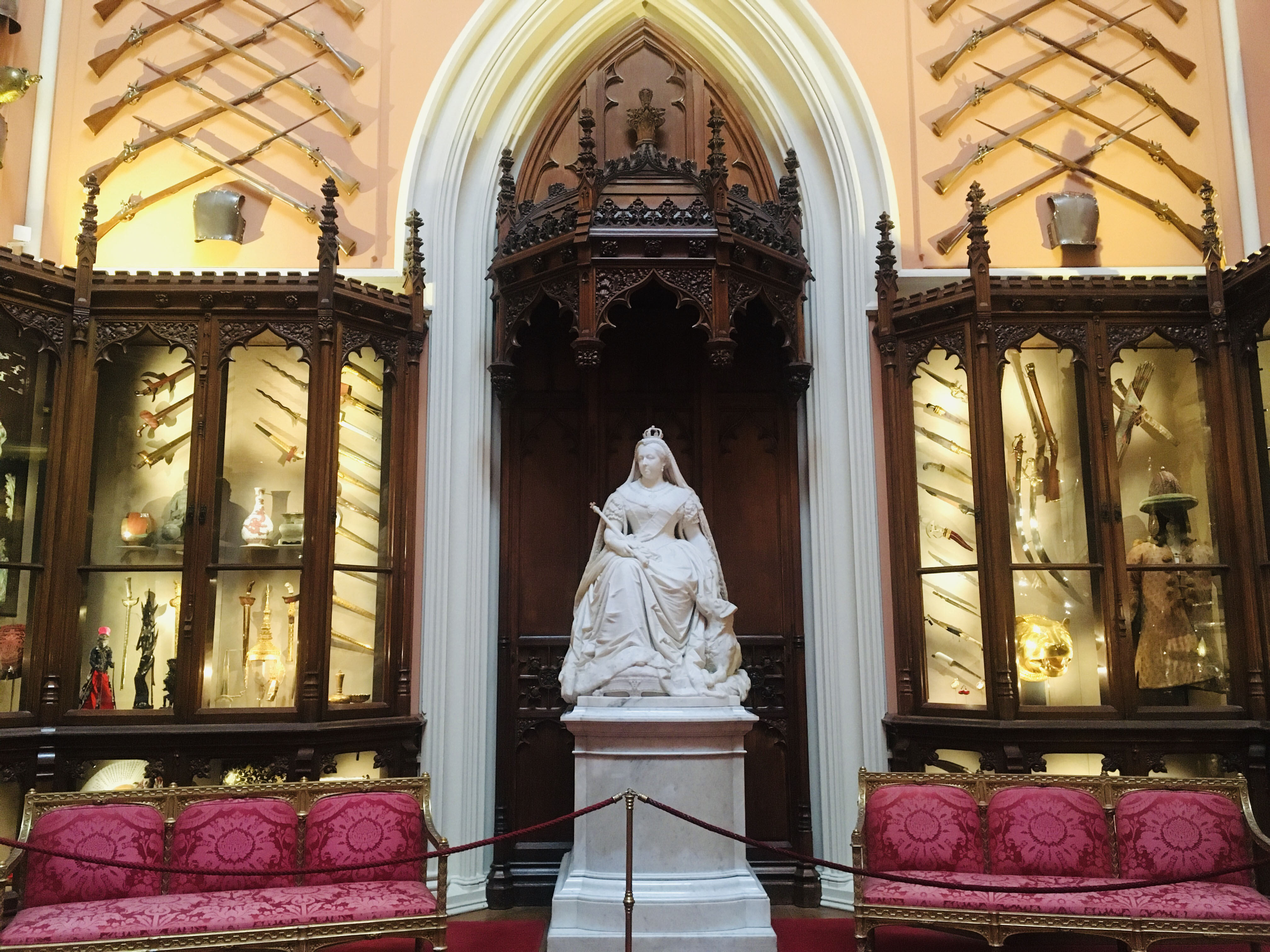
Grand Vestibule: The British Monarchy and the World
The Grand Vestibule at Windsor Castle reflects interaction between the monarchy and the wider world
Imperial boxes
Some of the finest Chinese pieces in the Royal Collection today were sent to George III (1738–1820) by the Qianlong Emperor (r.1736–95). The British king had dispatched an Embassy to China in 1792 in an attempt to improve terms of trade between the two countries and negotiate a treaty of friendship. The mission was unsuccessful, but the Embassy returned with a variety of rich and unusual gifts – including porcelain, lacquer wares, jades and silks. This proved the first of many exchanges of outstanding works of art between Chinese rulers and British monarchs.
Among the gifts were boxes like these. Aeneas Anderson, whose account of the Embassy was published in 1795, described them as ‘exquisite workmanship, beautifully carved on the outside, and stained a scarlet colour, of the utmost softness and delicacy’. The decoration is deeply carved into layers of vegetable lacquer of different shades. Auspicious emblems include the figure of Shoulao (god of long life) and the five-clawed dragon reserved for use on imperial wares.







